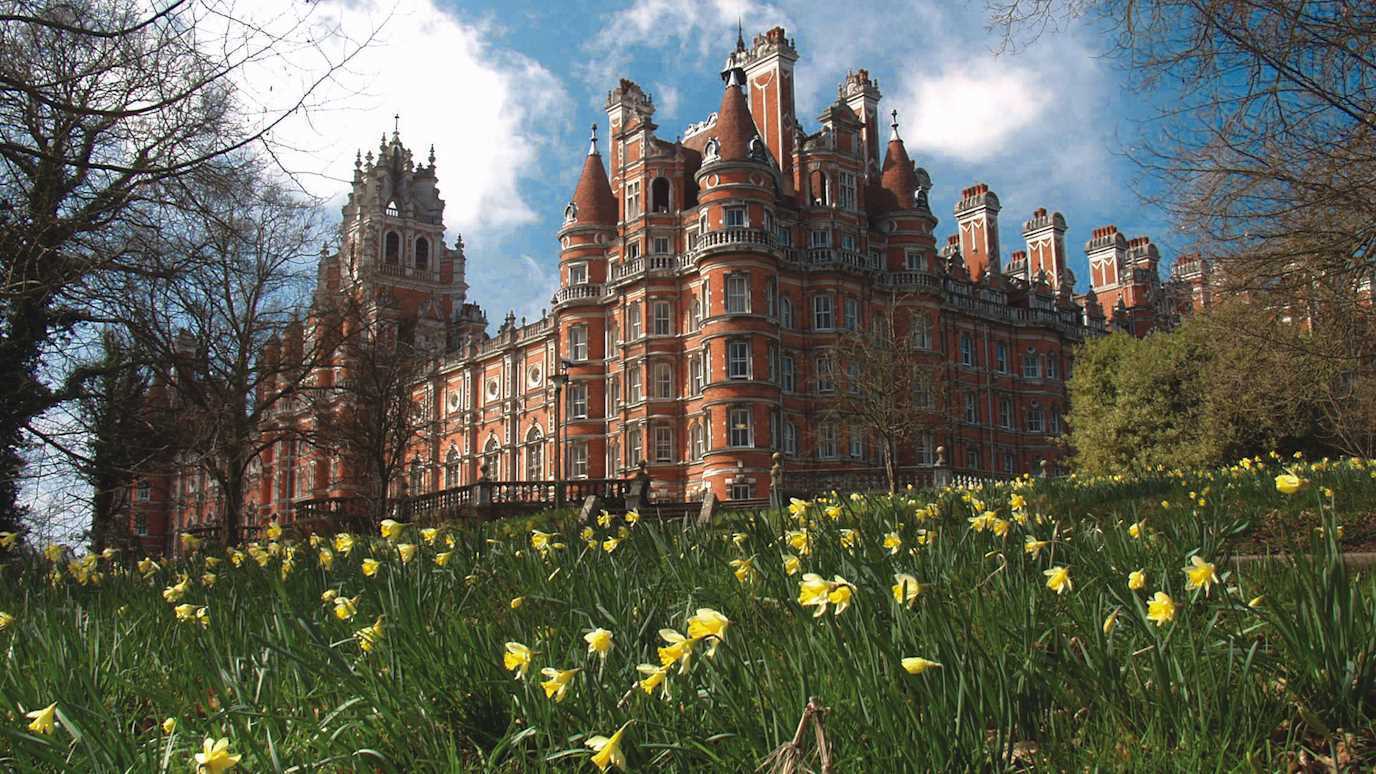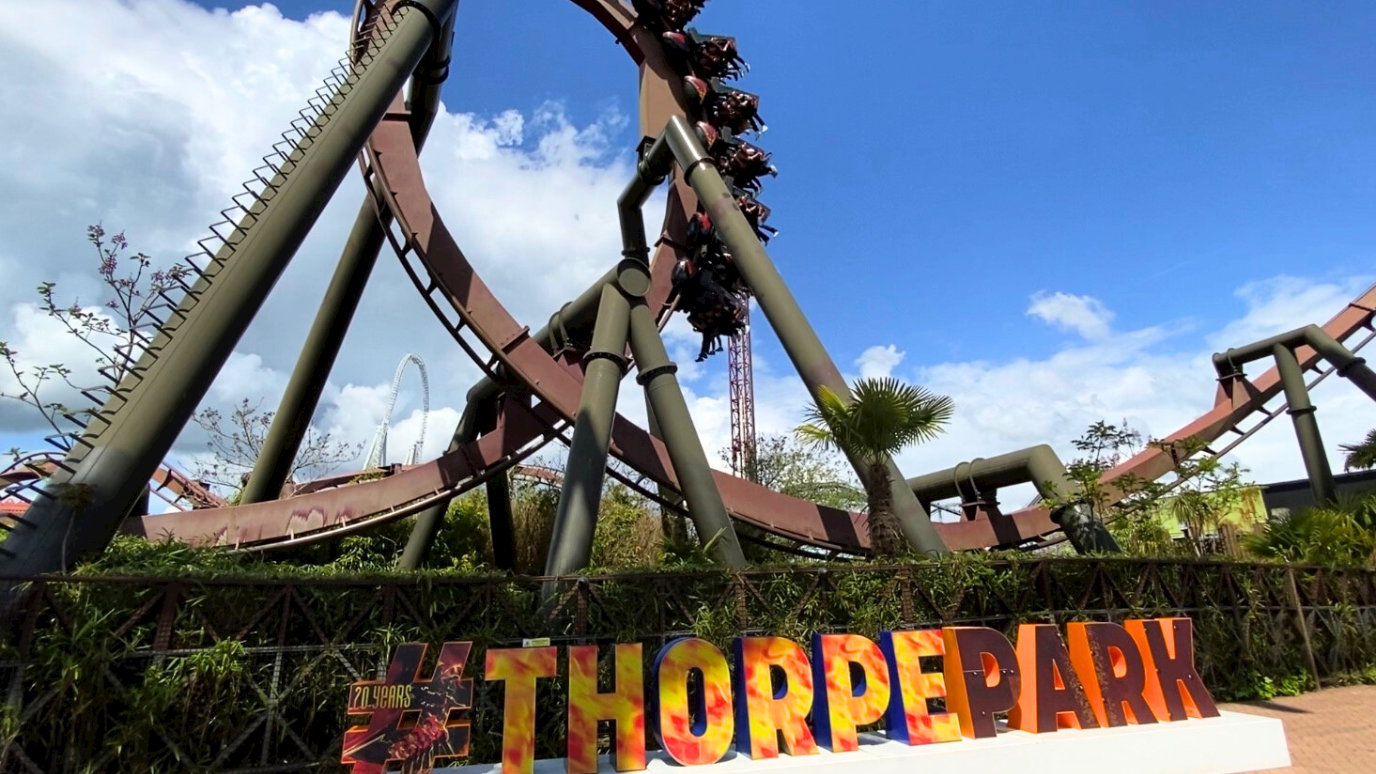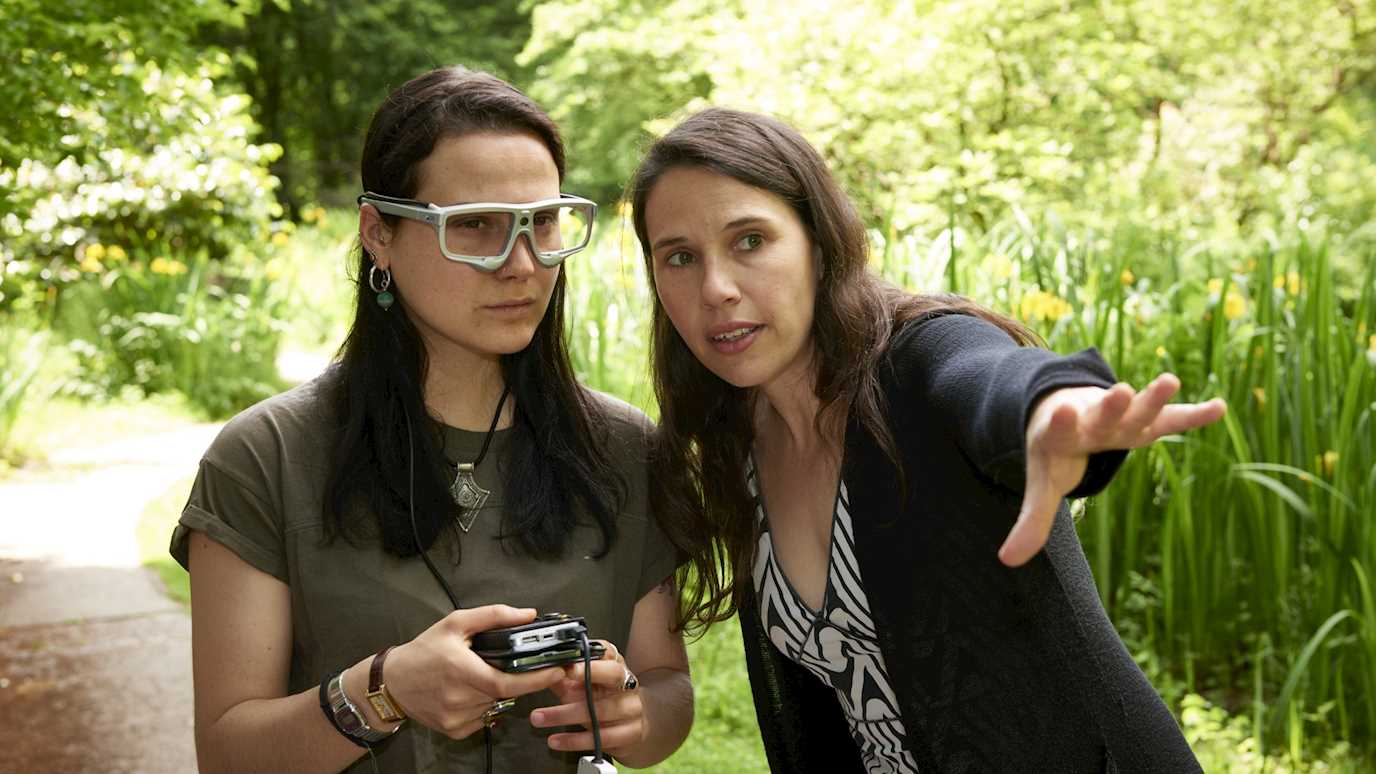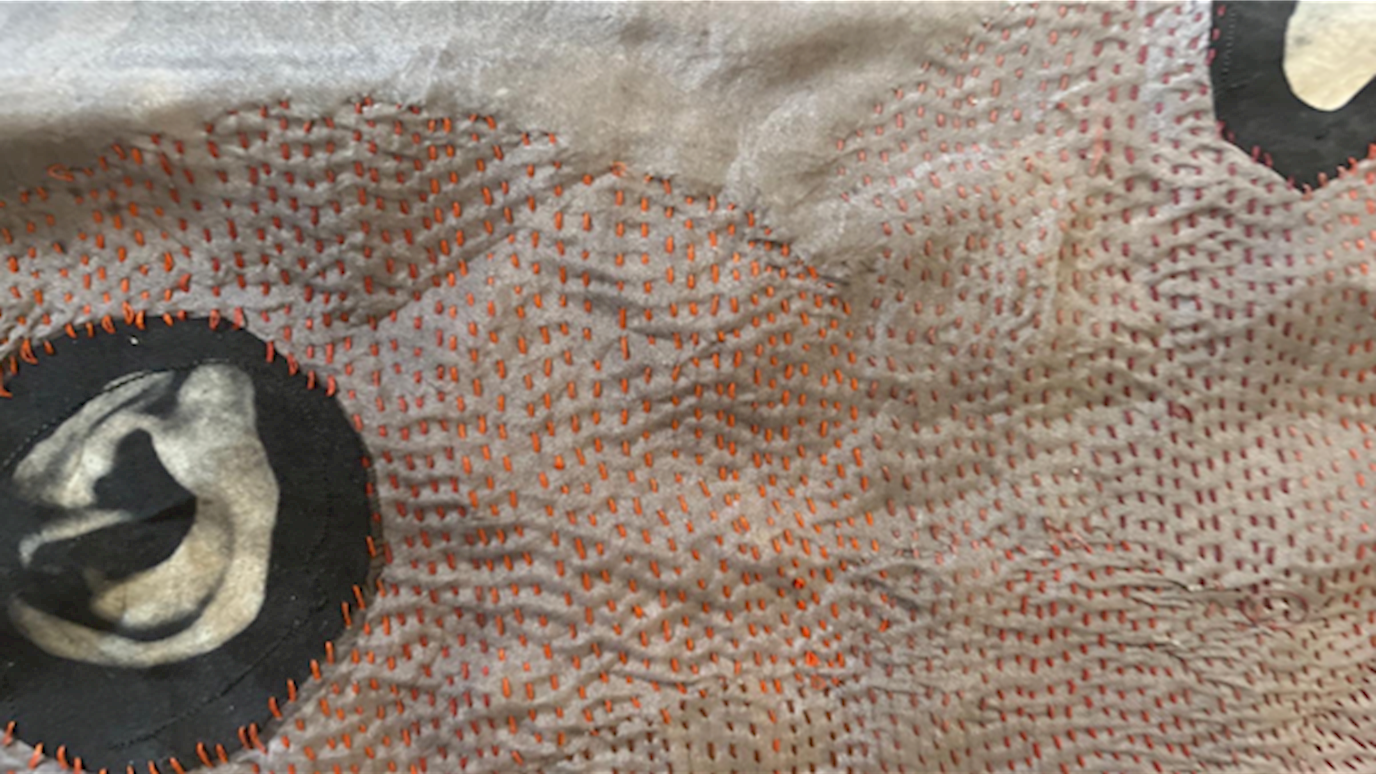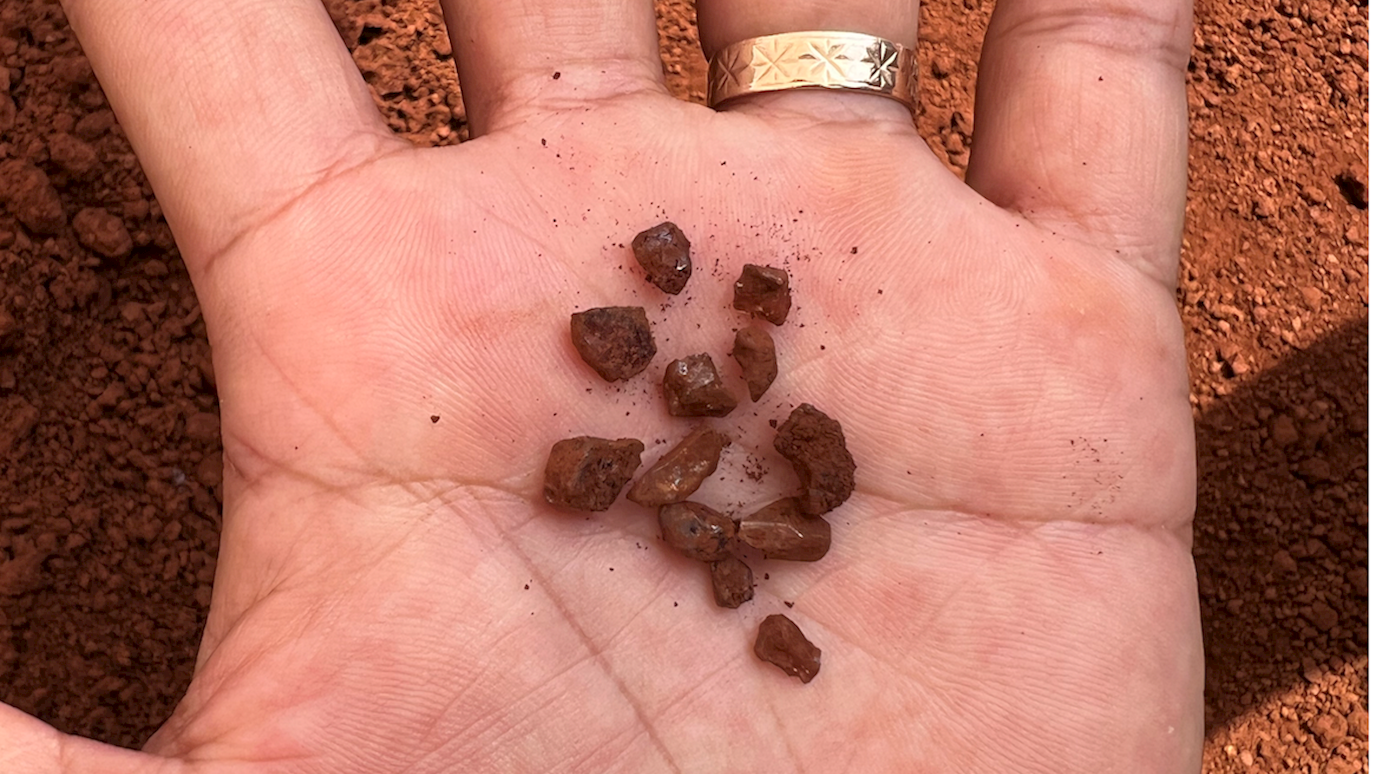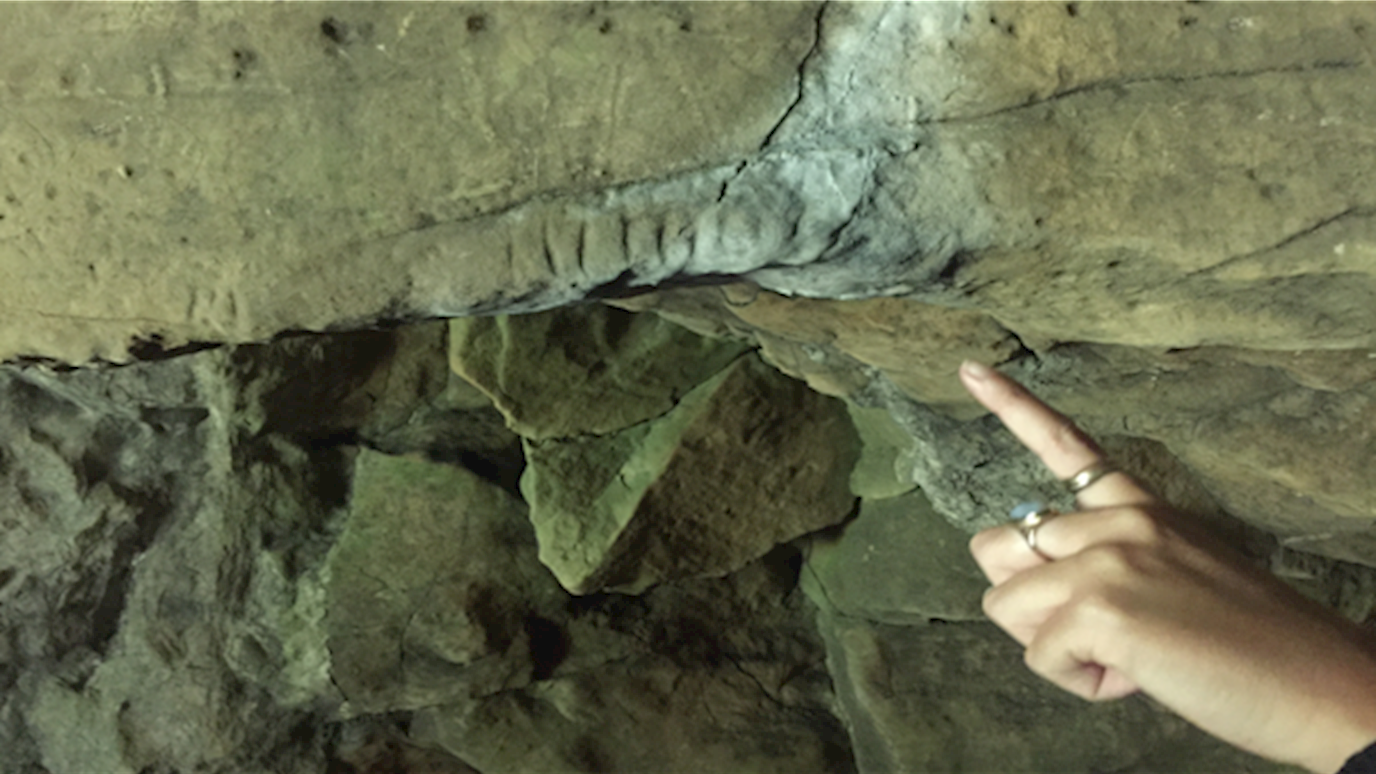Project Summary
We are drawn towards what lies beneath. The subsurface – whether subterranean, subaqueous, or sub rosa, has often been overlooked in favour of ‘surface chauvinisms’ and atmospheric preoccupations the intensification of interest in the subsurface as a site of diverse forms of extraction and the medium for urban and industrial development, the sensory, imaginary, and speculative dimensions of the subsurface alongside other forms of ‘thinking deep’. Interest in ideas of the volumetric, vertical, and elemental have drawn our gaze downwards, while debates over the status and periodization of the Anthropocene transformed our engagements with geology and the nature of deep time, both past and future. The mind is turning to what lies beneath, but the modalities and practices through which we ‘think deep’ have yet to be articulated.
Interdisciplinarity has been seen as a necessity for thinking deep, stretching as far back as Édouard Utudjian in 1932, who coined ‘underground urbanism’. However, interdisciplinary efforts have thus far tended to focus on the integration of science and social science, with less systematic attention paid to the humanities, and almost none to creative and artistic practices. In response, Thinking Deep assembles an interdisciplinary group of scholars and creative practitioners to experiment, develop, and evaluate creative practice-driven interdisciplinary research methods and approaches to the subsurface. These creative practices span audio-visual practices, performance and role-playing, sculpture and site-specific installations, as well as creative writing. These practices are being developed alongside a series of sites that tells us something new about the subsurface: from the geological and epistemological palimpsest of the Campi Flegrei in Italy to the apocryphal intimacies of Deep England; from the largest cave system in the world in Malaysia to the geographical spaces created by language in shamanic practice; from Singapore’s intertwined subsurface expansion and land reclamation project, Cambodia’s subsurface livelihoods to the steppes of Kazakhstan remade under Soviet rule.
Project Aims
Thinking Deep has two key aims:
1) To develop a new body of research that uses creative approaches to explore the subsurface.
We will focus on three key challenges:
a. How to sense the subsurface, an often inaccessible environment?
b. How to contend with varied subsurface imaginations, which shape subsurface understanding, use and conservation?
c. How to understand the speculative nature of ‘knowing’ the subsurface?
2) To reflect critically on these creative research approaches.
Integral to Thinking Deep is a concern to explore the conceptualization and practice of creative research approaches, not just for subsurface research but also more widely.
Thinking Deep sits at the intersection of what might, problematically, be called the ‘creative turn’ within social sciences, arts and humanities scholarship, and the ‘research turn’ across creative practice. If the former, broadly speaking, includes the development of research methods that use creative practices as well as practice-based research, then the latter encompasses the diverse ways that creative practitioners have been intersecting with practices and ideas of research, including but not limited to, those that occur within academic contexts.
In order to contribute to the growing intersections of research and practice, Thinking Deep researchers will turn the analytic lens onto their own research practices to do three things:
a. Reflect on ideas of ‘practice’ and of ‘research’ that are at work in the project and others like it
b. Contribute to conceptualizations of creative-practice based research and the wider use of creative practices as research methods
c. Evolve working practices for building a research culture for interdisciplinary projects that takes account of different practices and understandings at work. This might include questions of ethical practices; practices of critique; the nature of outputs; questions of remuneration; authorship and attribution, support practices and mechanisms etc.


